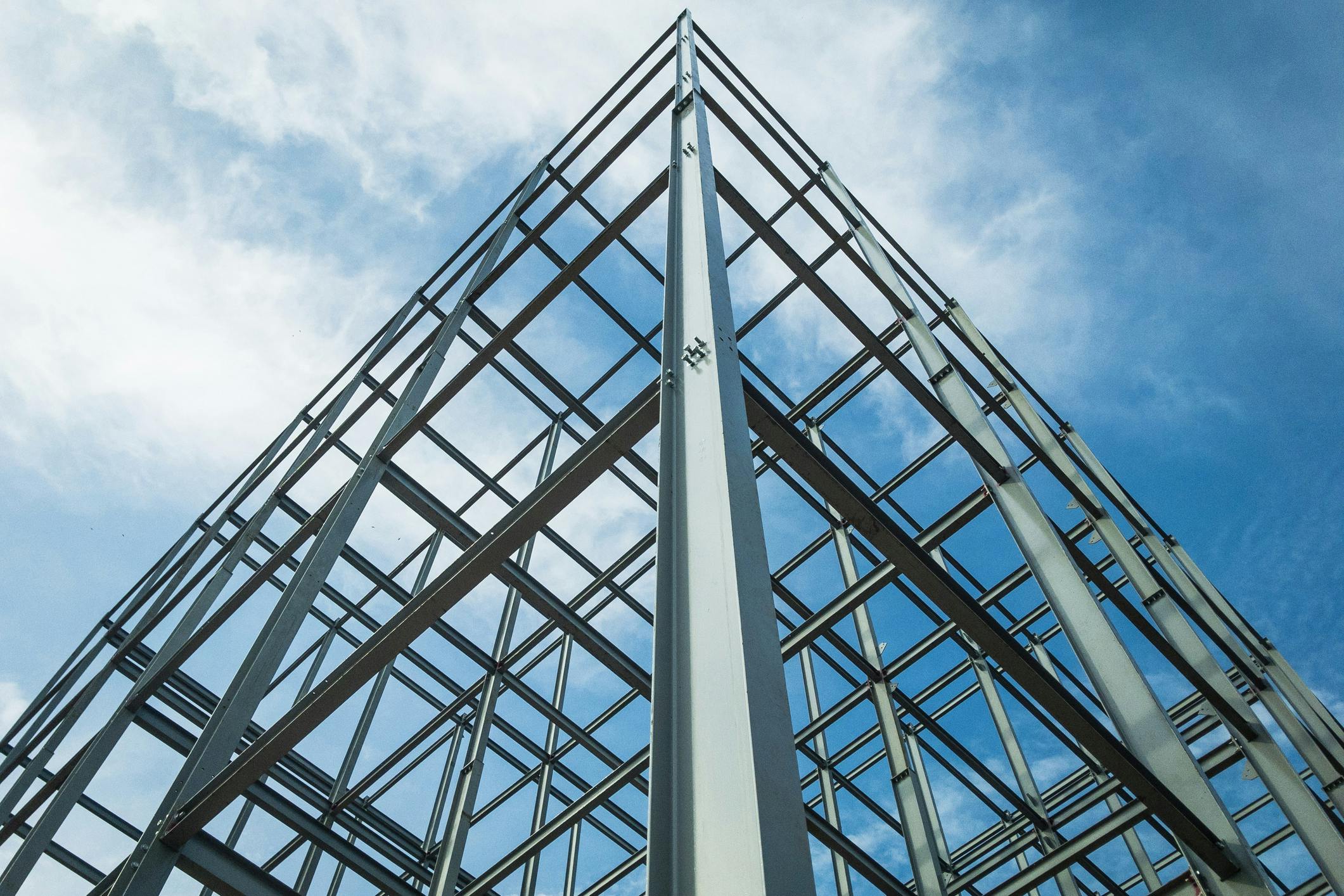New York Laws on Steel Structure Collapse Injuries and Deaths
Duty of Care and Liability
Relevant Statutes: New York imposes a duty of care on property owners and construction entities to maintain safe structures under various statutes such as NY Code - RCO § 27-127.
Negligence Claims: Victims can pursue legal action based on negligence, establishing that the collapse resulted from a breach of the duty of care owed by the responsible parties.
Strict Liability in Certain Cases
NY Code - LAB § 240: Known as the "Scaffold Law," this statute imposes strict liability on contractors and property owners for certain gravity-related injuries, potentially applicable in steel structure collapse cases.
Workers' Compensation
NY Workers' Compensation Law: Injured workers may be eligible for compensation through the workers' compensation system, which provides benefits irrespective of fault.
Wrongful Death Actions
NY Estates, Powers & Trusts Law § 5-4.1: Family members of individuals who succumb to injuries in a steel structure collapse can pursue wrongful death claims for financial and non-economic damages.
Statute of Limitations
NY CPLR Article 2: New York imposes time constraints for filing lawsuits in steel structure collapse claims. The statute of limitations varies based on the type of claim and parties involved.
Product Liability
NY General Obligations Law Article 11: If a defective steel component contributes to the collapse, victims may explore product liability claims against manufacturers and suppliers.
Legal Recourse for Property Damage
NY Real Property Actions and Proceedings Law: Property owners facing damages due to a steel structure collapse may pursue legal action for compensation.


